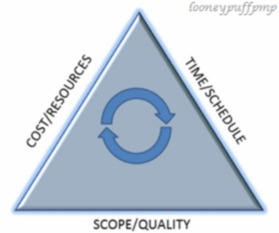When was the last time you say “thank you” to your team members? Did you remember the most recent occurrence where you acknowledge a team member’s effort? Did you acknowledge the effort personally or publicly?
In the midst of meeting deadlines and managing crisis, we tend to forget to show our appreciation to the team members who are doing the job to get things done. And these things influence our next report to the major stakeholders. We tend to overlook the fact that our team members are also our stakeholders and they need to be kept happy too.
When a job is well done or when a team member makes an effort to go the extra mile, remember to show that we recognise the result and the effort. Even if the result is not up to expectation, praise the effort when it’s due. In developing a great functional project team, even the PMBOK suggests to recognise and reward desirable behaviour. Reward does not necessarily mean monetary, it could just be a highlight in a project team meeting. Just remember the following:
- Be timely – Do not delay in showing the appreciation; make it as immediate as possible
- Be precise – Mention the exact behaviour that is notable for the recognition
- Be public – If possible, make it known to the rest of the project team
- Motivate – While recognising one team member, remember to motivate the rest of the team to create positive reinforcement
- Provide opportunity – Where possible, explain the possibility of growth to the team member for example an advance training in public speaking, or next level technical training, etc.
In rewarding, it is also good to remember the team ground rules and cultural background to give a more positive impact as a whole. When deserving recognition is given, team members feel more appreciated and these actions can further enhance the morale of the team which will eventually result in better overall performance.
And what project manager does not want a high performing team, right?
What do you do to recognise team members’ effort in the absence of monetary options?















